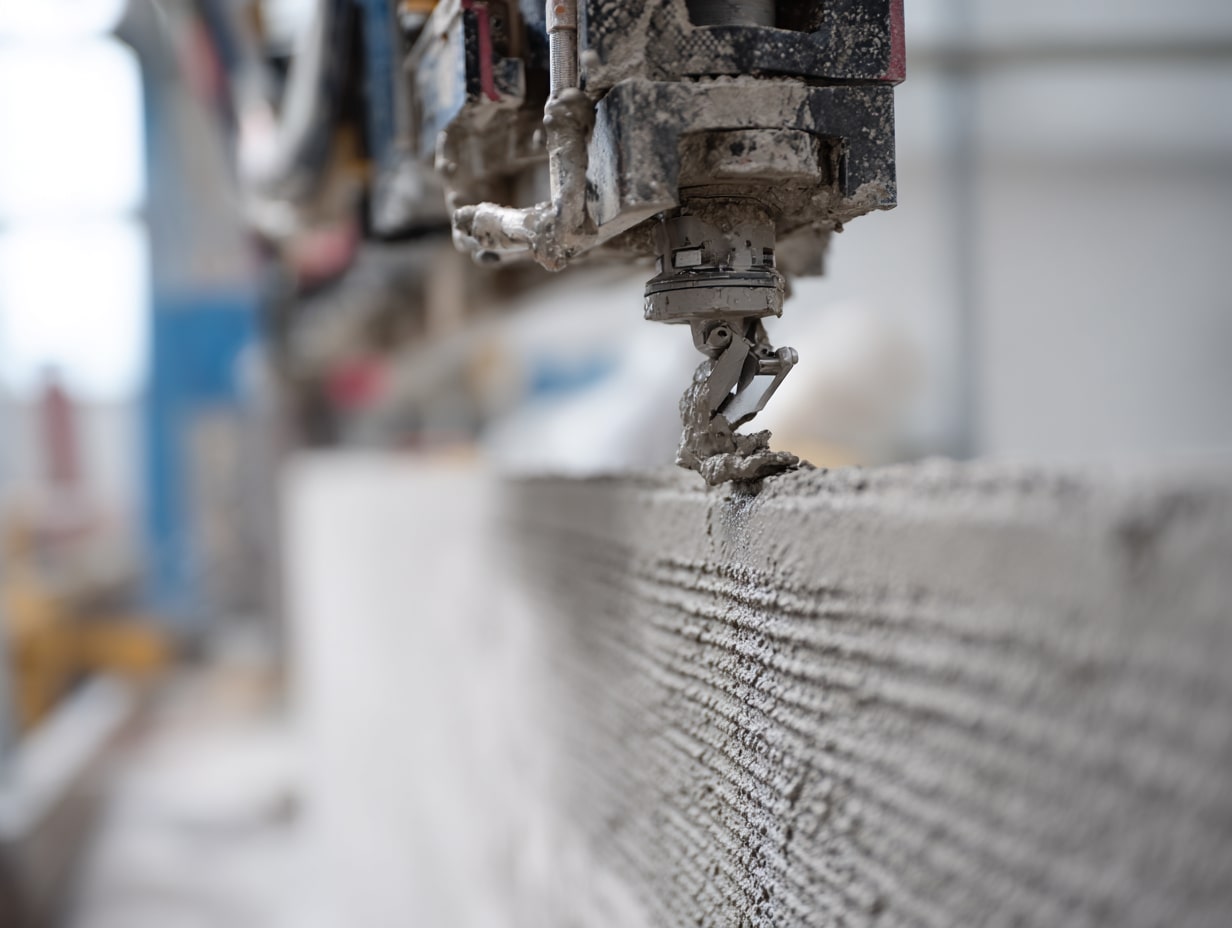- Home
- Articles
- Architectural Portfolio
- Architectral Presentation
- Inspirational Stories
- Architecture News
- Visualization
- BIM Industry
- Facade Design
- Parametric Design
- Career
- Landscape Architecture
- Construction
- Artificial Intelligence
- Sketching
- Design Softwares
- Diagrams
- Writing
- Architectural Tips
- Sustainability
- Courses
- Concept
- Technology
- History & Heritage
- Future of Architecture
- Guides & How-To
- Art & Culture
- Projects
- Interior Design
- Competitions
- Jobs
- Store
- Tools
- More
- Home
- Articles
- Architectural Portfolio
- Architectral Presentation
- Inspirational Stories
- Architecture News
- Visualization
- BIM Industry
- Facade Design
- Parametric Design
- Career
- Landscape Architecture
- Construction
- Artificial Intelligence
- Sketching
- Design Softwares
- Diagrams
- Writing
- Architectural Tips
- Sustainability
- Courses
- Concept
- Technology
- History & Heritage
- Future of Architecture
- Guides & How-To
- Art & Culture
- Projects
- Interior Design
- Competitions
- Jobs
- Store
- Tools
- More
Beyond Pretty Plants: Why Good Garden Design Starts with a Masterplan

When people think of garden design, the first things that come to mind are usually plants: flower beds, shrubs, maybe a striking tree or two. But what separates a pleasant garden from a genuinely memorable one? The answer isn’t a Pinterest board full of blooms—it’s a masterplan.
Behind every balanced, beautiful outdoor space is the same kind of structural thinking that architects bring to buildings: scale, flow, function, and context. And if you’re designing in a character-rich place like Cirencester—where Georgian terraces, rolling stone walls, and listed properties are the norm—that masterplan matters even more.
Designers working in garden design Cirencester projects know the stakes. It’s not just about planting something that looks good in spring. It’s about making sure every inch of space feels intentional—whether it’s viewed from a kitchen window or experienced up close on a summer evening.
Table of Contents
ToggleWhy Masterplanning Is the Real First Step
Just like with a new home build or renovation, starting with a detailed layout makes the difference between short-term satisfaction and long-term success. A masterplan helps you:
- Understand how the space is actually used
- Create visual balance and proportion
- Work with gradients, light, and drainage
- Avoid expensive changes halfway through
- Future-proof the garden for different seasons and needs
It’s the foundation for cohesion. Without it, the garden risks becoming a patchwork of good ideas that don’t quite add up.
The Garden as an Outdoor Room
Architects don’t design buildings by starting with the wallpaper. Likewise, a garden designer doesn’t begin with daisies. Instead, they begin with how the space should work.
Think of a garden as a series of outdoor rooms. Just like inside a home, you’ve got areas for gathering, relaxing, cooking, privacy, and play. A well-crafted masterplan treats these zones as intentional experiences: the way they connect, the way they’re framed, and how materials and textures shift between them.

In Cirencester, this might mean creating a seamless transition between a heritage property and a sleek dining terrace. Or framing a classic Cotswold view with a contemporary planting border. The point is that the plants serve the plan—not the other way around.
Reading the Site Like an Architect
Architects are trained to observe before they draw. That’s a skill garden designers share.
A good masterplan starts with analysis. What’s the light like at different times of day? Where are the wind tunnels, the shady corners, the overlooked spots? How does water move across the site? What’s the soil like?
In Cirencester, where properties range from hillside cottages to modern builds in converted mills, no two gardens are the same. The orientation, slope, microclimate, and heritage context all influence what’s possible—and what’s smart.
That’s why you can’t just copy a design from a book or a friend’s garden. Each site deserves its own reading before a single line is drawn.
Materials Matter Just as Much as Plants
If you’ve ever seen a beautifully planted garden that still feels… off—it’s probably not the plants that are the issue. It’s the hard landscaping.
Pathways, patios, walls, seating, lighting: these are the bones of the garden. And they have to be chosen with just as much care as the planting scheme. The materials should feel grounded in the architecture and setting—not like an afterthought.
In Cirencester, that might mean pairing traditional Cotswold stone with crisp modern timber, or using pale limestone to echo the nearby facades. A masterplan ensures these decisions are made in the right order, so the planting elevates the structure—not tries to fix it.
Scale Is Everything
A common mistake in DIY gardens is getting the proportions wrong. Beds that are too narrow, paths that feel cramped, features that are dwarfed by surrounding walls—it all adds up to a space that feels awkward.
A masterplan accounts for scale and perspective. It draws from architectural principles to make sure the garden feels generous where it needs to be, and intimate where that’s the goal.
This is especially important in Cirencester, where urban plots often come with quirky layouts, multi-levels, or inherited design elements. With proper spatial planning, even the trickiest garden can become something special.
Flexibility for Growth (And Not Just the Plant Kind)
Another benefit of starting with a masterplan? It lets you phase the project sensibly.
Not everyone has the budget—or the bandwidth—to complete a full garden redesign in one go. With a proper plan in place, homeowners can tackle the project in stages, knowing that each layer supports the next.
Need to build the outdoor kitchen next year? No problem. Want to hold off on the sculpture installation until after the extension’s done? That’s all part of the blueprint.
The masterplan becomes a living document, guiding decisions over time without sacrificing the integrity of the final design.
Garden Design Lessons from Cirencester Projects
To ground this in reality, here are a few examples of masterplanning at work in actual Cirencester gardens:
1. Terraced Townhouse Garden
A narrow plot behind a Georgian home was transformed into three defined “rooms”—a breakfast patio, a sunken lawn, and a modern lounge space. The planting was bold but simple, letting clean lines and stone detailing tie everything together. Without a masterplan, the different elevations could’ve clashed. Instead, they work like levels in a thoughtfully designed apartment.
2. Family Garden on the Edge of Town
Here, the brief was for beauty and durability: somewhere kids could play, but parents could unwind with a glass of wine after bedtime. The designer started by mapping daily routines and views from inside the house. This led to a layout that prioritised privacy zones, sightlines, and safe transitions between surfaces. No guesswork—just strategy.

3. Wild-Meets-Formal Country Border
An edge-of-town property wanted a space that felt soft and rural without being too loose. The masterplan created a structured backbone of hedging and gravel paths, then layered in wildflower-style beds with a high-end edge. It’s not just about letting things grow—it’s about giving them the right stage.
Why Architects Love Working with a Garden Masterplan
For architects and design professionals, collaborating with garden designers who use masterplans is a breath of fresh air. It means:
- Shared language around layout, materials, and budget
- Consistency between indoor and outdoor design intent
- Fewer surprises during construction
- Clearer communication with clients and contractors
It also brings the garden into the design conversation much earlier—often while the house is still in planning. That level of integration results in properties that truly feel “whole.”
What Homeowners Should Know Before They Call a Designer
If you’re planning to work with a garden designer, here’s how to make the most of that relationship from day one:
- Be open about how you use the space. A designer can’t create a great plan without understanding your habits and preferences.
- Bring architectural drawings if you have them. These help align internal and external features.
- Don’t fixate on plants yet. The designer will get there—but first, let them solve the structure.
- Ask to see past masterplans. It’ll help you understand how their thinking works and how it might apply to your site.
Final Thoughts: Design Before Detail
Design isn’t about starting with the prettiest part. It’s about starting with the right part.
Just like an architect wouldn’t decorate before sorting the floor plan, a great garden doesn’t begin with blooms—it begins with a masterplan.
Especially in Cirencester, where outdoor spaces are as rich in history and potential as the homes they surround, that upfront planning pays off. It ensures every garden is more than just pretty. It’s purposeful, personal, and built to last.
Submit your architectural projects
Follow these steps for submission your project. Submission FormLatest Posts
3D Printed Homes: Time, Cost, and What to Expect
3D printed homes explained: realistic timelines (24–72h walls, 8–16 weeks total), true...
How a Contact Centre Boosts Trust in Your Building Business
In construction, trust is the glue that holds projects together. Clients need...
How Real Time Parcel Geolocation Is Redefining Last Mile Efficiency for Modern Businesses
Last mile delivery has become the most critical point in the customer...
How Can Small Spaces Stay Stylish and Relaxing?
In today’s fast-paced urban lifestyle, small living spaces are becoming increasingly common....












Leave a comment